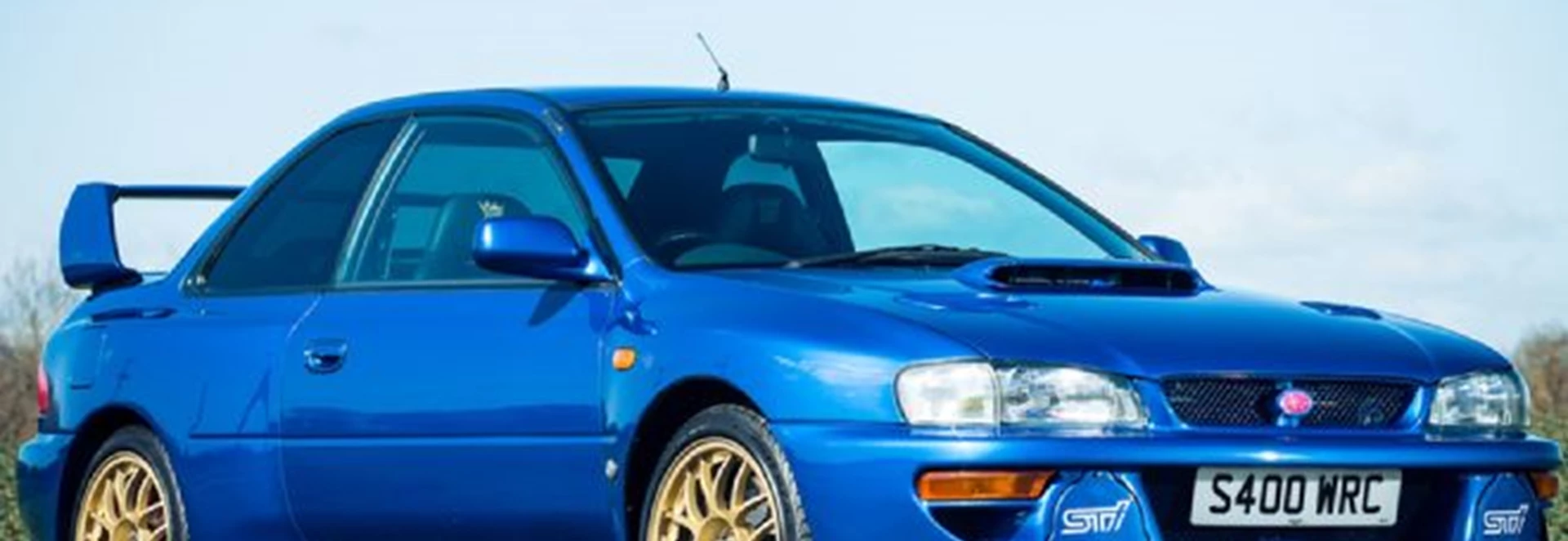In a world where hot hatches are now almost expected to come with more than 300bhp and four-wheel drive in order to be taken seriously, Subaru can end up looking a bit old hat.
There was a time when the recipe of four wheels driven by a powerful turbocharged engine was the primary dominion of the Impreza WRX STi and its Mitsubishi rival, the Lancer Evo.
But Mitsubishi no longer makes the Evo and the WRX – which has since dropped its Impreza name – now looks a bit piddly compared to new-age megahatches like the Focus RS or A45 AMG.
Yet for those remaining Subaru faithful, there can be no replacement for the marque’s turbocharged performance car heritage, birthed not in a marketing suite but in the crucible of the World Rally Championship. Here’s seven of the greatest reminders of what makes Subaru and the WRX badge so great.
Impreza WRX Type RA
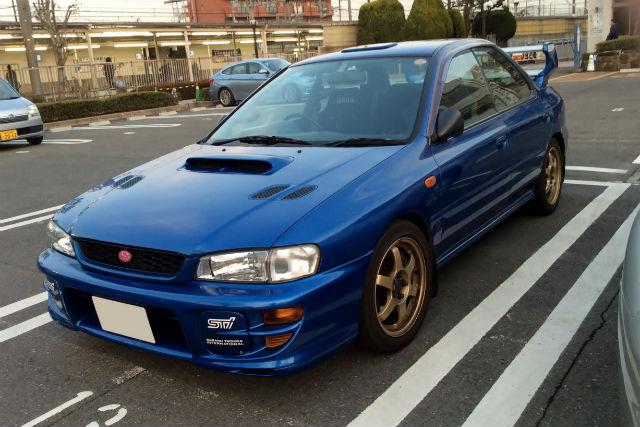
Before the 1990s, Subaru was regarded simply as a dependable, if somewhat unspectacular, Japanese economy car maker. That all changed in 1992 when it replaced the aging Loyale with the sleek new Impreza.
Unlike its counterpart Mitsubishi, Subaru from the start wanted this new car to be both a force to be reckoned with on the rally stages but also a real profit booster, unlike the Lancer Evo which was built more as a homologation requirement.
The first Impreza to wear the WRX badge, which stood for “World Rally eXperimental”, the first-gen Impreza was built to hoon from the word go with four-wheel drive, that turbocharged boxer engine and twin viscous differentials.
It made a maximum of 237bhp, more than many of the lame duck muscle cars of the 90s, and in its domestic market was also available as the exclusive Type RA model, a stripped-out race-spec car with no ABS and shorter gear ratios.
Impreza 555
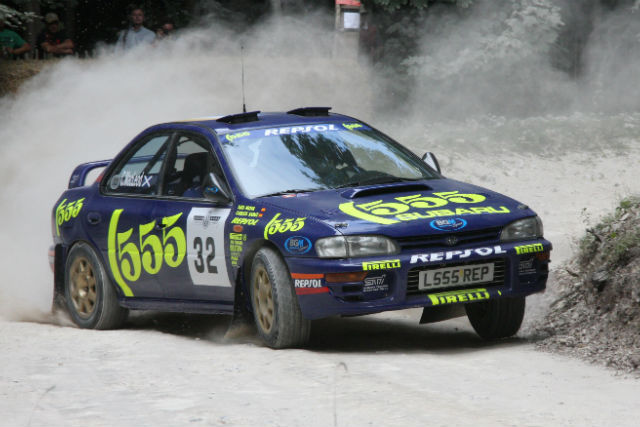
Ever wondered what Subaru’s obsession with blue and yellow is? It actually stretches back to 1993 when Subaru entered the Prodrive-built Impreza 555 into the World Rally Championship for the first time.
The car was named after the State Express 555 cigarette company, which sponsored the team and which lent Subaru its blue and gold colour scheme, in doing so creating arguably the most iconic rally car ever made.
With the likes of Scottish newcomer Colin McRae and legends Ari Vatanen and Markku Alén at the wheel, the 300bhp Group A Impreza 555 was nimbler and lighter than virtually any other WRC car in its time.
Overtaking the Lancia Delta Integrale as the world’s leading A-to-B car, Subaru won the World Rally Championship three times on the bounce from 1995 to 1997 with it.
WRX STi Version 1
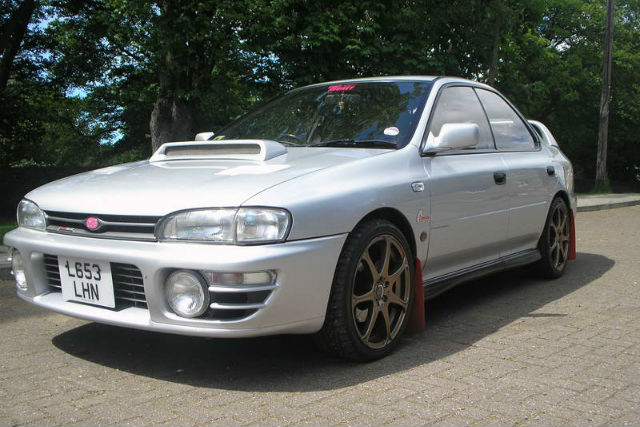
Apart from blue and gold, the fastest Subarus always wear pink. The very first Impreza WRX to wear the now-famous STi badge, the 1994 WRX STi Version 1 was another exclusive like the Type RA, available only in Japan and Europe.
Built by Subaru’s in-house skunkworks Subaru Tecnica International, these first STis were plucked from the WRX production line and given extra goodies like carbon fibre strut bars, forged pistons and uprated intercoolers.
Tuned by hand, horsepower was raised above the standard WRX to 250bhp and the car could hit 0-62mph in just 4.9 seconds before going on to a top speed of 122mph, a phenomenal pace for the time.
The pink STi tweaks and upholstery were inspired by the colour of cherry blossom. A symbolic colour in Japanese culture which harks back to the era of the Samurai, it represents the fleeting briefness of the warriors’ life just as the blossom detaches itself from the cherry tree when it’s at its most beautiful in order to die.
WRX SportWagon
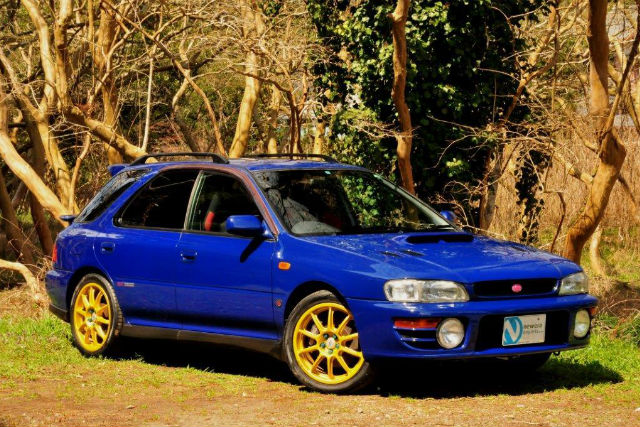
Although the WRX had always been available as a compact but practical hatchback, in 1997 Subaru decided to try and appeal more to fans of the hot wagon, with the Impreza-based WRX SportWagon.
However, while many had fallen in love with the WRX for its on-road abilities and motorsports heritage, Australia in particular experienced a brief pandemic where people were buying (or stealing) the WRX SportWagon for the express purpose of committing crimes.
The SportWagon was spacious enough to hold lots of loot, tough enough to smash in storefronts and fast enough to relegate any cop car firmly to the rear-view mirror. It was a serious nightmare for Subaru’s PR people but it only proved the capabilities of the car and helped fuel the WRX’s bad boy image.
WRX STi 22B
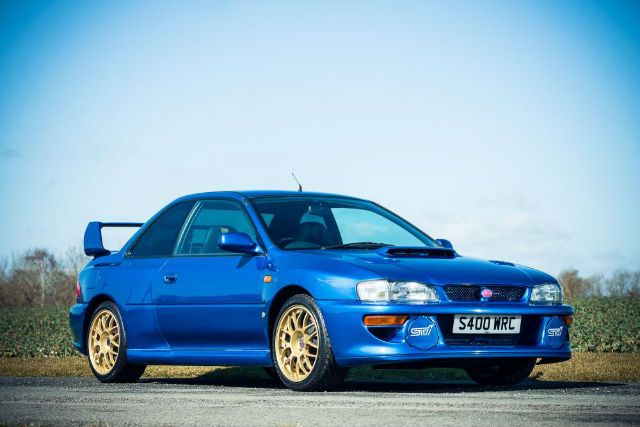
This is it. This is the one. For Subaru fans, the absolute pinnacle of the manufacturer’s history is this, the WRX STi 22B.
Built to celebrate Colin McRae’s WRC title hat-trick and also to ring in Subaru’s 40th anniversary in true style, the 22B was essentially a road-going version of the Impreza 555 rally car, with a widened body to accommodate a larger track.
Power came via a hand-built 2.2-litre boxer engine which put out a fairly modest 276bhp, but the car’s tarmac-shredding torque characteristics more than made up for it, particularly during high-speed launches.
Only 424 were made in all, with the first 400 sold out within half an hour of the order books being open. Still the most iconic WRX to this day and easily one of the rarest and most desirable Japanese cars of all time.
WRX STi S203
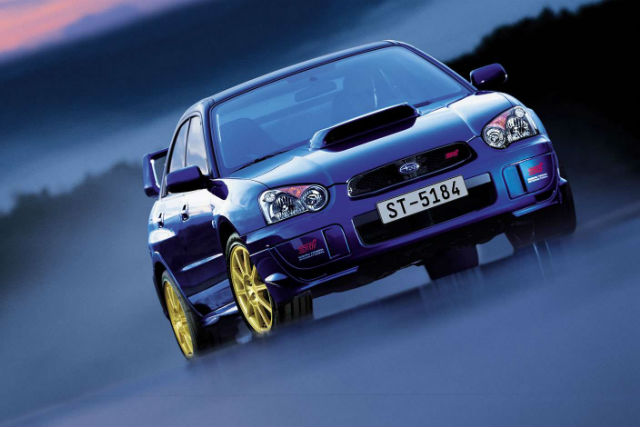
In the decade or so that had passed since the introduction of the first Impreza WRX, Subaru had released the second-generation ‘Bugeye’ Impreza before a facelifted version, regarded by many as probably the second best looking Impreza ever, came along.
Throughout much of the 90s and the early 2000s, Japanese manufacturers had adhered to an unofficial gentleman’s’ agreement which limited horsepower to a maximum of 280bhp in order to make public roads safer.
Subaru got around these restrictions with a string of special-edition models, which included the S203. Based on the facelifted second-gen model, the WRX STi S203 got a 2.5-litre engine with a ball-bearing turbocharger that could generate a maximum of 320bhp.
Sitting on custom 18-inch BBS alloy wheels, the S203 was lower and faster, with uprated suspension springs and anti-roll bars to eliminate any body roll. Only 555 models were produced in total, and there are no prizes for guessing what that number refers to.
STi Cosworth CS400
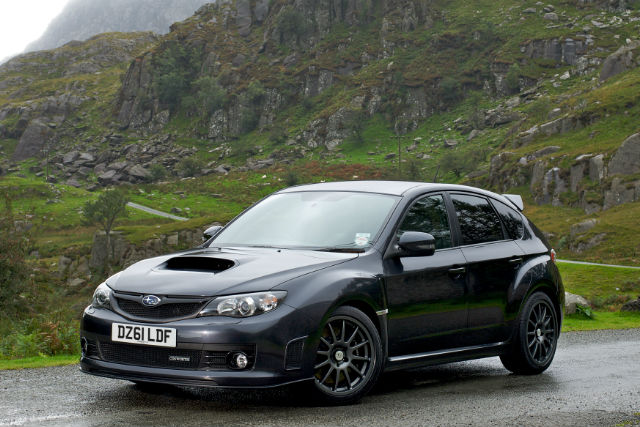
By 2007, the Impreza had metamorphosed into a humpy and lumpy hatchback, and the WRX and WRX STi versions followed suit. Most will agree that it looked absolutely terrible, but it’s since become a cult car.
The chassis wasn’t as sharp as previous generations either, but in 2011 Subaru unveiled the STi Cosworth CS400 version, a special edition of the Impreza WRX engineered by British engine builders Cosworth.
Limited to just 75 cars, the Cossie-engineered WRX had a barbaric output of 395bhp and could sprint from 0-62mph in just over 3.5 seconds. It also came with specially-tuned Bilstein dampers and Eibach springs, plus six-piston brakes that made it the perfect instrument with which to murder a British B-road.
Unfortunately, this was the last Impreza to wear a WRX badge of any kind, and was also the last car of its type until Subaru resurrected the WRX STi in its current format back in 2013.
